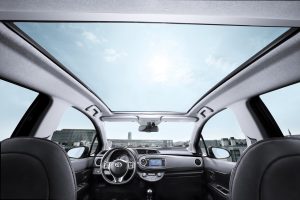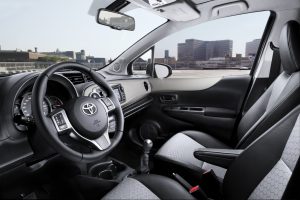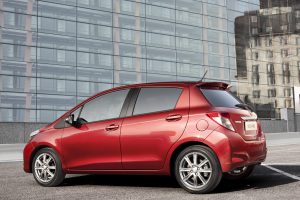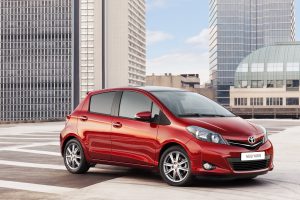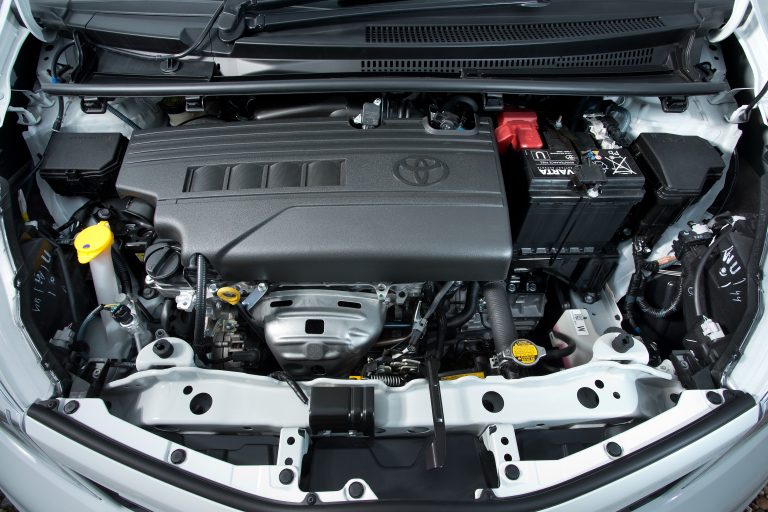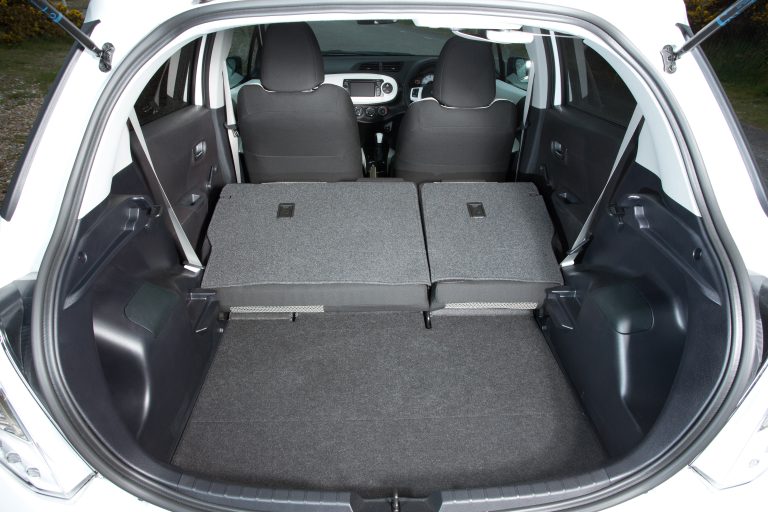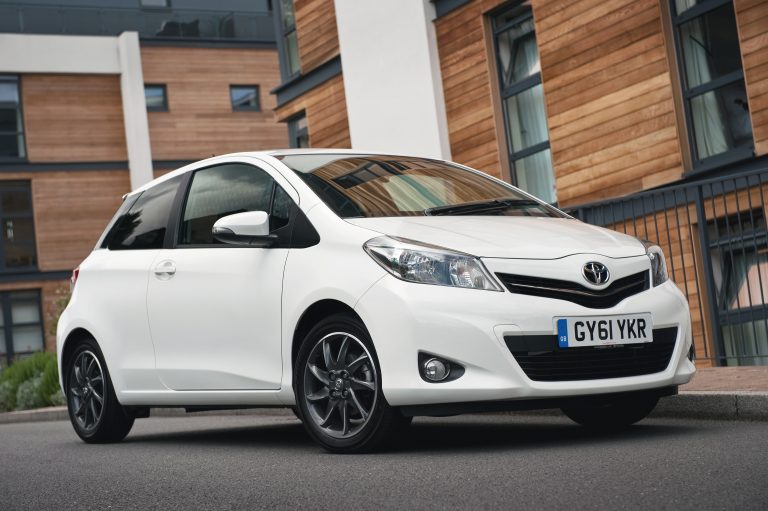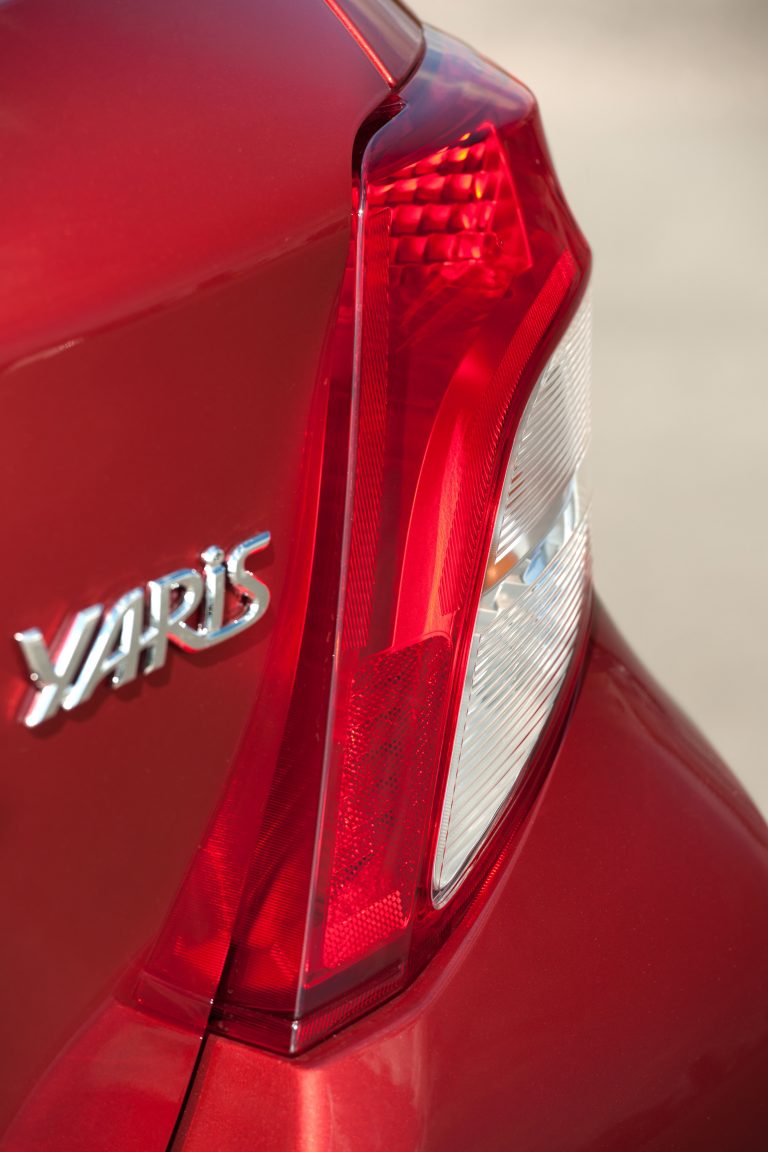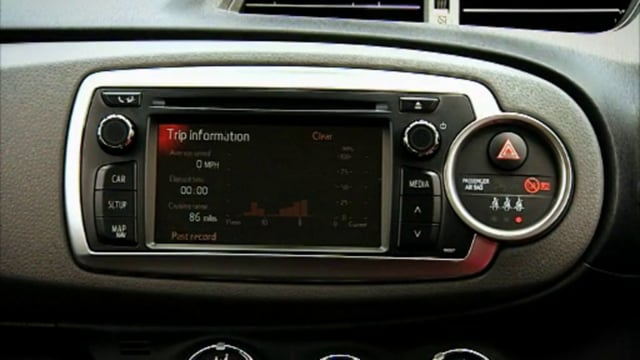Toyota Gives New Yaris a Sharper Styling Focus
KEY POINTS
- Stronger, dynamic styling for new Yaris
- Design true to the original Yaris concept of “compact outside, spacious inside”
- Yaris remains one of the most compact cars in its class, yet also one of the roomiest
- Interior features new driver-focused cockpit and higher quality trim materials
In designing the new Yaris, Toyota has produced a look that is bolder, sharper and more dynamic, while remaining true to the principle of “compact outside, spacious inside” that has characterised the car since the original model broke cover in 1999.
In the words of chief designer Dezi Nagaya the exterior has a “keen” appearance, witnessed particularly in the all-new front end with its slim, horizontal headlights and prominent, deep lower air intake that anchors the car’s wide stance, broadcasting a low centre of gravity.
In profile, there is still the distinctive, steeply sloping belt line running the length of the vehicle, while at the rear, the familiar Yaris Y-shaped graphic is retained, but expressed in distinctive new styling. Detail touches include a larger front quarterlight, with the A-pillar moved further forward, giving a more steeply raked windscreen. And the rear side windows have been rendered smarter, by taking away the vertical bar that previously divided the glazing.
Shorter front and rear overhangs, a 50mm increase in the wheelbase and more prominent wheelarches give the car a sportier look.
Overall new Yaris is just 100mm longer than the previous model, which means it keeps its urban-friendly tight turning circle of just 4.7m. The width is unchanged, but trimming the height by 20mm to 1,510mm adds to the car’s lower, more purposeful appearance, while the efficient aerodynamic qualities of the body deliver a class leading drag coefficient of Cd 0.287.
New Yaris’s bolder look is completed by new 15 and 16-inch alloy wheel designs and a choice of 10 colours for the body, including two completely new shades – Deep Aqua and Burning Red.
There is an equally fresh approach to the interior, with a new focus on creating a cockpit environment for the driver. The principal meters have moved from the centre of the dashboard to sit directly in the driver’s eyeline behind the steering wheel, which itself has a more upright angle for a more engaging driving position.
The strong horizontal lines of the new dashboard emphasise the generous width of the cabin – 30mm greater than before – with a new soft-padded dash section with matching upper door panel pads. The colour of these padded sections co-ordinates with inserts in the seat upholstery, reinforcing the general high quality feel of the interior. A panoramic glass roof is available (standard on the top-of-the-range model) that increases the spacious feel of the cabin.
Tactile, premium details add to the quality look and feel, with gun metal trims around the driver’s instruments, the multimedia touchscreen and air vents, and chrome detailing on the controls and switchgear.
The front seats are new, with increased vertical adjustment and, on some models, an arm rest for the driver. Their design gives both better body holding and comfort, with wider, higher sided cushions that have a raised front edge which can help combat tiredness on long journeys.
Thinner seatbacks for the front seats mean more kneeroom for those sitting in the rear – a class-leading 645mm. A similar design treatment for the rear seats has helped increase loadspace depth by 145mm to 710mm – another best-in-class figure. Overall luggage capacity has grown to 347 litres (to roof line) with the rear seats in place, 768 litres when they are folded flat. And to make the job of loading up easier, the tailgate is 20mm wider than on the previous model.
ENDS

